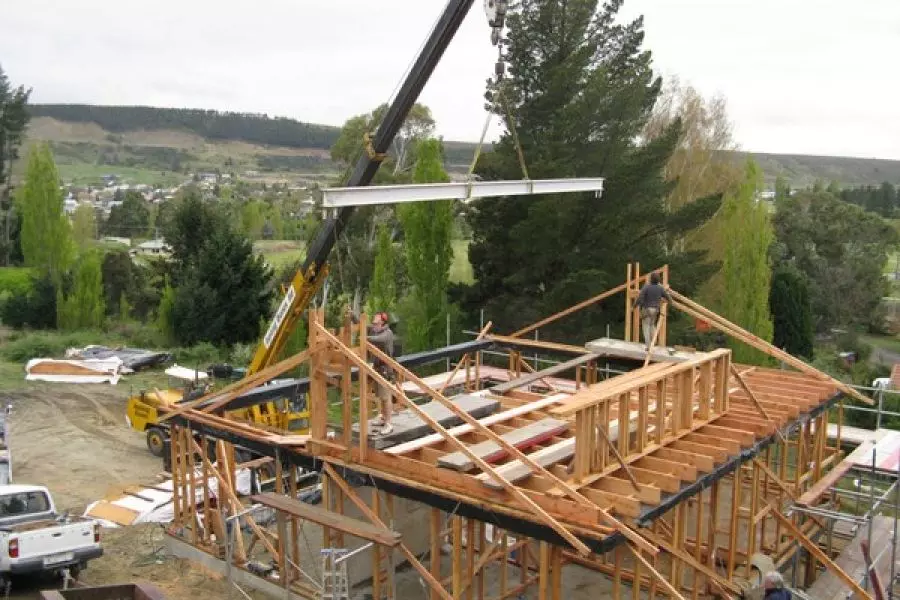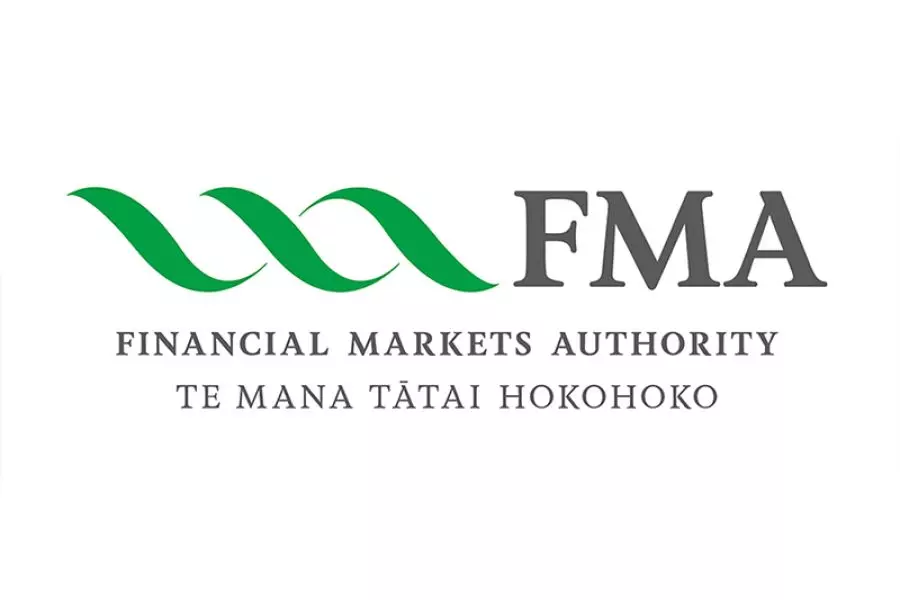
News
Market starting to cool

Wednesday 9th of June 2021
The latest data from realestate.co.nz shows nationally a total of 14,883 houses were listed for sale last month, a drop of 29.9% on the same time last year.
Between March and May this year the number dropped from 11,322 to 8,760.
However, the website shows the average asking price of properties has dropped for two consecutive months.
Across the country the average asking...
Want to read the full article?
Click the button below to subscribe and will have unlimited access to full article and all other articles on the site.








![[The Wrap] Bye Bye Bayly](https://goodreturns.publit.io/file/c_fill,w_900,h_600/39f23ac1-f7c7-4854-b700-a150004ebbac.webp)